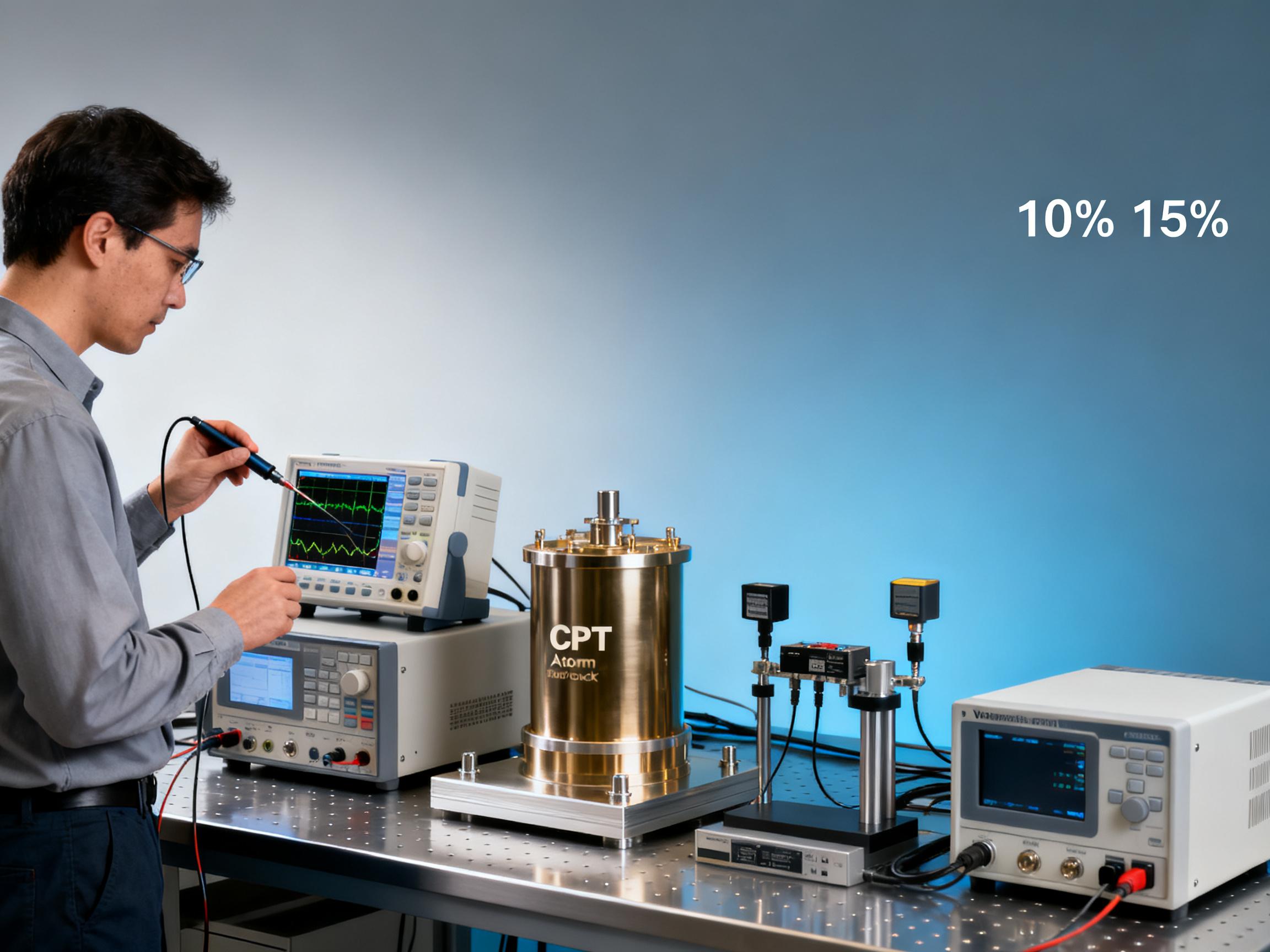RELATED
![How CPT Atomic Clocks Reduce OPEX in 5G Base Stations [Real Data] How CPT Atomic Clocks Reduce OPEX in 5G Base Stations [Real Data]](https://usimg.bjyyb.net/grey.png?x-oss-process=image/resize,m_fixed,w_800,h_600,limit_0) How CPT Atomic Clocks Reduce OPEX in 5G Base Stations [Real Data]2025-12-11
How CPT Atomic Clocks Reduce OPEX in 5G Base Stations [Real Data]2025-12-11 2024 CPT Atomic Clock vs Rubidium: Which Offers Better Stability for Telecom Networks?2025-12-08
2024 CPT Atomic Clock vs Rubidium: Which Offers Better Stability for Telecom Networks?2025-12-08 Live Demo Results: CPT Atomic Clock Performance Under Harsh Environmental Tests (Data Inside)2025-12-05
Live Demo Results: CPT Atomic Clock Performance Under Harsh Environmental Tests (Data Inside)2025-12-05 Budgeting for Precision: Total Cost of Ownership for a Rubidium Atomic Clock Over 5 Years2025-12-03
Budgeting for Precision: Total Cost of Ownership for a Rubidium Atomic Clock Over 5 Years2025-12-03
MESSAGE
How Rubidium Atomic Clocks Work
Rubidium atomic clocks utilize the hyperfine transition of rubidium-87 atoms at 6.834682 GHz to maintain exceptional timekeeping accuracy. When exposed to microwave frequencies, these atoms absorb energy at their resonant frequency, creating a feedback loop that stabilizes the clock's oscillator. This quantum mechanical process enables stability of 1 part in 1012 per day – meaning the clock would deviate less than 1 second in 3,000 years.
Core Components
- Rubidium Vapor Cell: Contains rubidium-87 isotopes in gaseous state
- Microwave Cavity: Tuned to the atomic resonance frequency
- Photodetector: Measures light absorption changes
- Control Electronics: Maintains precise frequency locking
Advantages Over Alternative Technologies
Critical Applications
Telecommunications Infrastructure
Mobile networks require synchronization within 50 parts per billion (ppb) for 4G/LTE and 16 ppb for 5G. Rubidium clocks provide the necessary precision for base stations to avoid dropped calls and maintain data throughput. Verizon's 2019 network upgrade deployed 15,000 rubidium clocks to support their millimeter-wave 5G rollout.
Satellite Navigation Systems
GPS, Galileo, and BeiDou satellites use rubidium atomic clocks as backup to primary hydrogen masers. Their compact size (typically <3L) and radiation tolerance make them ideal for space applications. The latest GPS III satellites achieve 1-2 nanosecond timing accuracy using enhanced rubidium standards.
Industry Standards and Certifications
Commercial rubidium clocks must meet:
- ITU-T G.8272 for primary reference clocks
- MIL-PRF-55310 for military applications
- FCC Part 15 for electromagnetic compliance
Cost Analysis
While rubidium atomic clocks cost $3,000-$15,000 versus $100-$500 for high-end quartz oscillators, their 10-year total cost of ownership is often lower due to:
- Reduced calibration requirements (annual vs. quarterly)
- Lower phase noise eliminating need for additional filtering
- Longer mean time between failures (100,000+ hours)
Common Misconceptions
Myth: Rubidium clocks require radioactive materials.
Fact: They use non-radioactive Rb-87 isotopes naturally occurring at 27.8% abundance.
Myth: They're only for military use.
Fact: Commercial models now dominate telecom and data center markets.
Future Trends
The global rubidium atomic clock market will grow at 7.2% CAGR through 2028 (MarketWatch 2023), driven by:
- 5G network densification
- Quantum computing development
- Autonomous vehicle positioning systems
Why Choose Our Rubidium Solutions
With 18 patents in miniaturized atomic clock design, our rubidium standards deliver:
- 0.005 ppb/day aging rate
- -40°C to +75°C operational range
- Shock resistance up to 100G
Contact our timing experts today to discuss your synchronization requirements.
CONTACT US
Please use the form below to get in touch.
If you need a reply we will get in touch as soon as possible.

![How CPT Atomic Clocks Reduce OPEX in 5G Base Stations [Real Data] How CPT Atomic Clocks Reduce OPEX in 5G Base Stations [Real Data]](https://usimg.bjyyb.net/sites/91500/91958/1765179857856560163985903616.jpeg)



